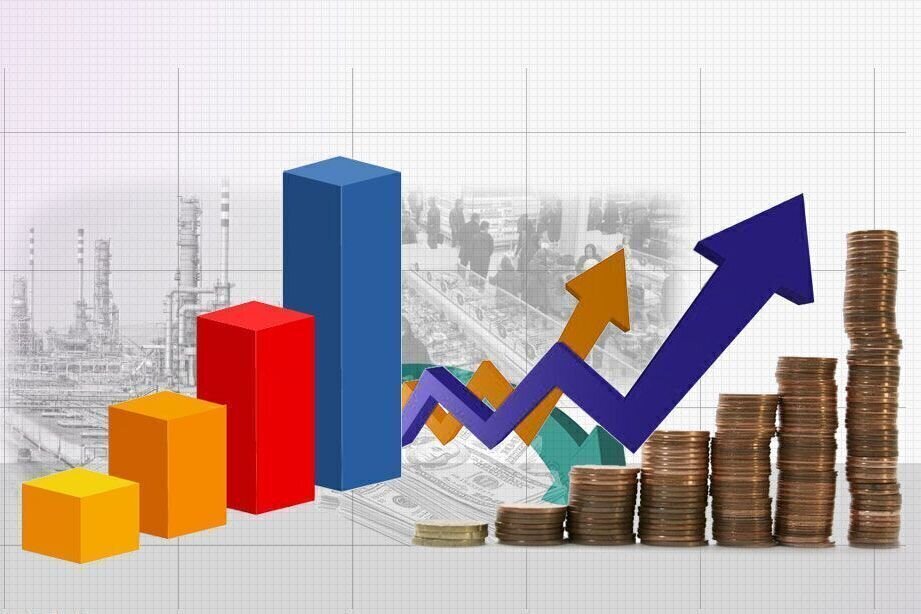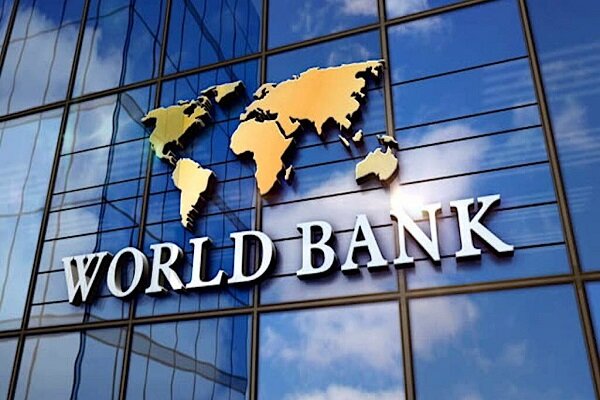Iran Press/ Commentary: The World Bank and the International Monetary Fund (IMF) have drawn a clearer picture of Iran's and the world's economy in their recent reports.
According to the latest update of the International Monetary Fund's "World Economic Outlook" report, the growth of the global economy in 2024 and 2025 is predicted to be 3.2% and 3.3%, respectively, unchanged from the April report of this institute. GDP growth in 2024 in developed economies and emerging as well as developing economies is expected to be 1.7% and 4.3%, respectively, meanwhile, the economic growth in these regions is expected to be unchanged in 2025 compared to 2024.

This international institution expects economic growth in the Middle East and Central Asia region to reach 4% in 2025 with a significant increase of 1.6 percentage points.
It is also predicted that the volume of global trade in goods and services will increase by 3.1% and 3.4% respectively this year and next year. In addition, it is estimated that the downward trend of the global consumer inflation rate will continue and will decrease from 6.7% in 2023 to 5.9% this year and 4.4% in 2025.
It is expected that the price of oil will witness a slight growth of 0.8% this year and a significant decrease of 6% in 2025.

According to the World Bank report, Iran had the highest growth rate in the region last year with a growth of 5%. According to this report, the economic growth rate in Turkey was 4.5%, Egypt 3.8%, Russia 3.6%, Jordan 2.6%, Azerbaijan 1.1%, Pakistan -0.2%, Saudi Arabia -0.9%, and Iraq -2.9%.
Iran's real GDP growth accelerated by 5% between April and December 2023 compared to the previous period, which was driven by the oil and service sectors.
Oil plays a significant role in Iran's economy; this sector made up 8.6% of the country's gross domestic product in 2023, and its growth of nearly 17% was one of the factors that contributed significantly to the economic growth of 5% in 2024.
According to the World Bank report, it is estimated that the growth rate of the oil sector this year and in the next two years will be at least 5%.
The World Bank estimates that Iran's daily oil production in 2025 and 2026 will be 3.3 million and 3.5 million barrels, respectively. In 2023, employment exceeded the level before the Coronavirus pandemic and grew by 3.3 percent. This brought the unemployment rate to the lowest level of 8.1 percent.
Recent trends in Iran show progress in reducing poverty and improving income inequality, which is caused by inclusive growth and supplementary cash subsidies.
Between 2020 and 2022, the poverty rate, measured at US$6.85 per day, decreased by 7.4 percent from 29.1 percent to 21.9 percent. 6.1 million Iranians moved out of the poverty line. Using the below median income poverty line of US$3.65 per day, poverty dropped from 6.1 percent to 3.8 percent. Growth in inclusive consumption, driven by increased wage income and self-employment in the non-oil sector, helped reduce poverty. Social programs, including cash subsidies and pensions, also played an important role in reducing poverty. 219
Ashkan Salehian

